Engineering is such a fun aspect of STEM but can lose the fun in the process if students don’t understand the Engineering Design Process. A project that I recently completed with my students that they enjoyed and took a lot of insight from was designing a dream school engineering project. I had the students follow the Engineering Design Process to create their dream school. Students were able to design a school that they think would help with various problems and with no limitation on budget. This project gave students the freedom and creativity to explore the solutions and problems that they face. Below I have listed the steps of the Engineering Design Process and included what students needed to consider at each point to design their dream school.
Identify and Define
Students had many questions to consider in this step. Here are some of the problems students hoped to resolve through their dream school:
- What are some problems that are in our world today?
- Some problems that are in our school today?
- Some needs of our community?
- Discuss different ideas like nutrition, pollution, energy shortages, natural disasters.
- Who does this school benefit and how can we make the school satisfy their needs?
From these conversations, students could begin the next step of research problems for possible solutions.

Research For Possible Solutions
In this step, students needed to determine ways to fix the problems identified. This brought about follow up questions to expand on the understanding of the original problems:
- Is renewable energy a possible solution?
- Is having a garden to help feed students a possible solution?
- What about creating a school to adapt to natural disasters?
Students had to think about solutions that would best benefit the school and would satisfy their needs using research and investigation to develop possible solutions.

Develop A Solution
Next, students had to think about the needs of those who attend the school and which of the possible solutions would satisfy those needs. They began to test out any of the ideas to see if they would work or if they would fail. Then, they surveyed who benefits to see if that indeed addresses and satisfies their needs. They also presented the research to those who should benefit to verify that their problem was being addressed appropriately with proposed solutions.
Evaluate
In this step, students drew up the design and plans for the school making sure there are enough rooms for the students, creating all the social spaces, implementing all the solutions to any of the problems, and designing spaces and offices for the teachers. They had to draw up a few designs so that they could evaluate which plan works best for who the school is intended to be used by. This made them think about adding innovative designs and spaces to create a comfortable and safe environment.
Construct A Prototype
Creating a prototype, the fun part! In this step, students created a prototype by using cardboard boxes or in a digital format. The prototype helps present a concept for who the project is for so that they can visualize the space and what the students created for them! Students were instructed to remember to create something that is best for them and the school that they are envisioning.
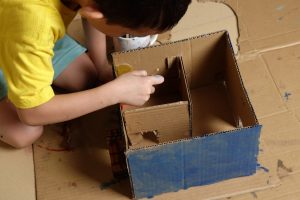
Evaluate The Prototype
After creating a prototype, students evaluate the design to see how well the school meets the needs of the community, staff, and students. In this step, students needed to connect with the end-user of the project. (teachers, other students, etc.) Here they explain how their vision works and receive feedback on the project.
Share The Design
One of the most important steps of the Engineering Design Process is to share your design with the community, staff, and students and who the project is for. Students discussed the different materials and different spaces that they designed to meet the needs and solve the solution to the problem. This is a great way to get feedback and to determine if a redesign is required.

Redesign
The final step! The Engineering Design Process is a cyclic process. If students need to redesign, they can repeat any of the previous steps at this point. Even if a full redesign isn’t required, students can save the project for future iterations. That way they can build off of it and make an even better space!
Want to bring the Engineering Design Process into your classroom? Check out our Engineering products:

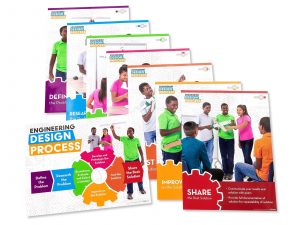
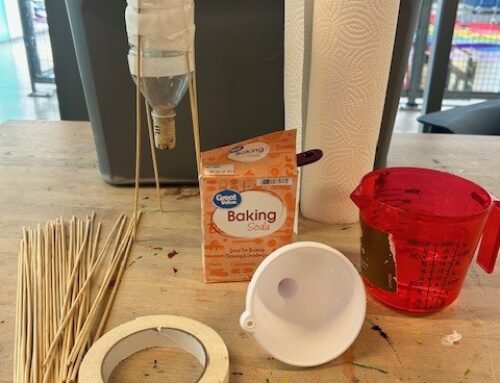

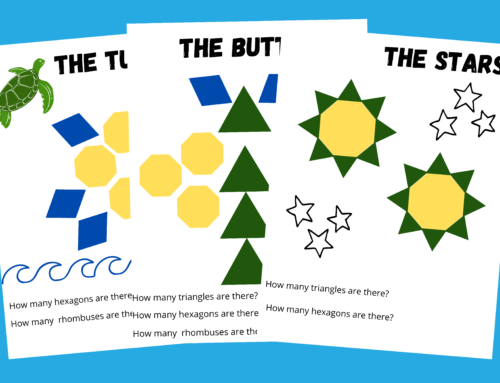
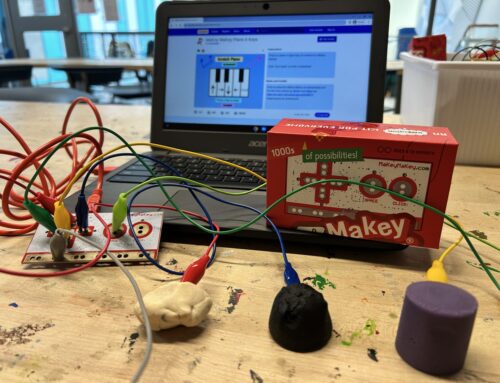
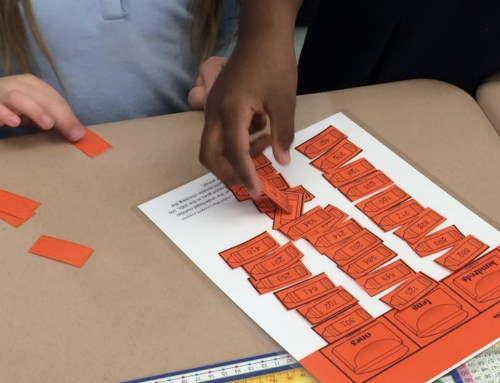

Leave A Comment